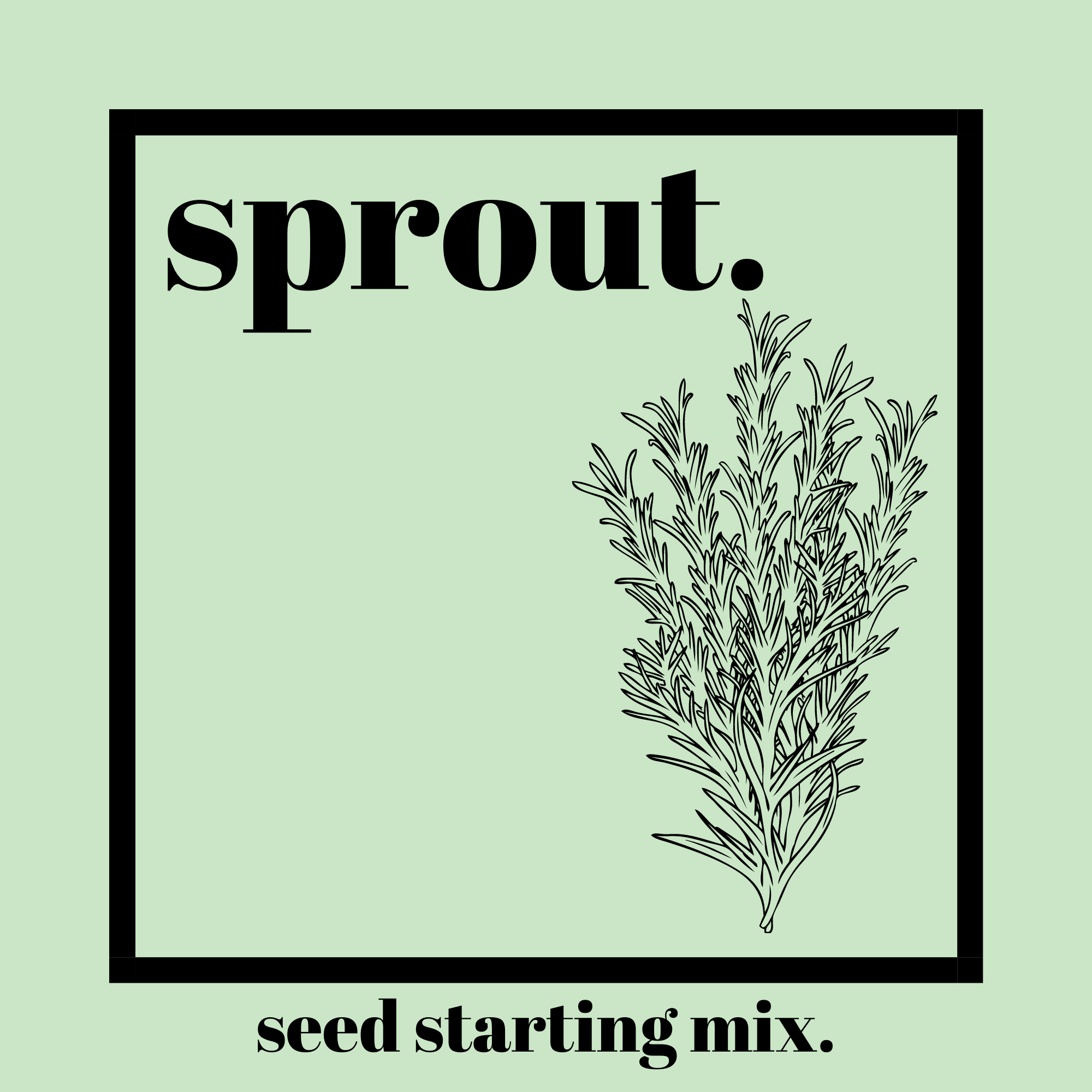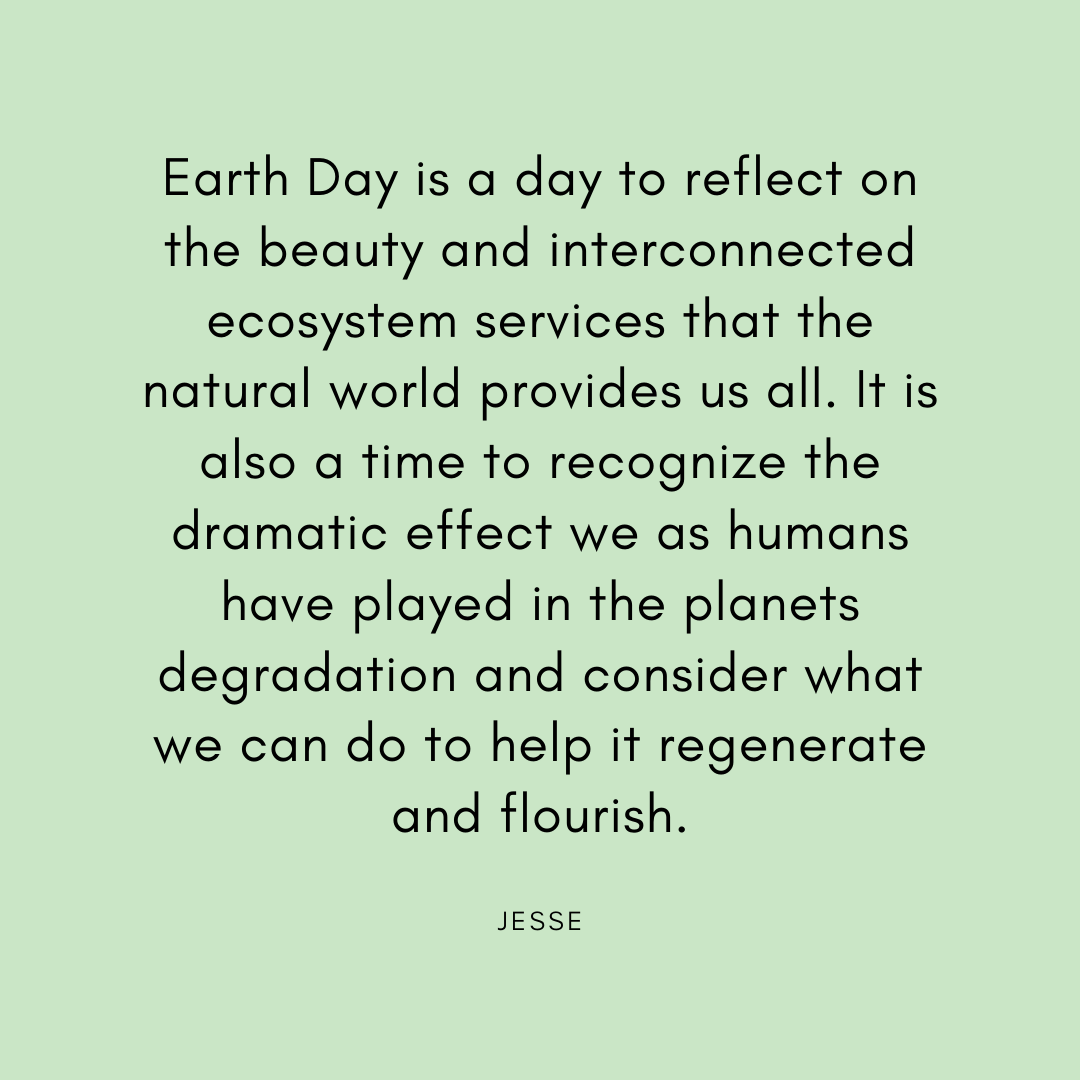WORD(S) OF THE DAY
By Tim Weber
Do you remember elementary school when teachers would use those overlapping circles called Venn diagrams to compare and contrast two or more characters or situations? Things that were unique to a certain item would be put in its own circle, but some things were shared among however many things being compared. Those descriptions were put in the overlapping circle. In our industry, we see a need to compare and contrast three common terms:
Recyclable Biodegradable Compostable
It is a positive thing that this exercise is necessary. These words have entered the lexicon of our culture suggesting that an increasing number of us are considering environmentally sustainable practices. Using the above-mentioned Venn diagram, the overlapping circles would have a theme of “choices that have potential positive impacts on sustaining the environment.”
Recyclable
items can be broken down and used again, often as a raw material which can reduce natural resource consumption. Glass, plastic, aluminum cans, and paper are supposed to be easily recyclable, and let’s leave it at that. Numerous articles could be crafted about the current state of recycling and why it appears to be broken.
Biodegradable
substances can break down naturally without causing any harm, but it can take a long time for that to happen (think of a large fallen oak tree in the woods) and there usually isn’t a plan to use them for any additional benefit. Some items can be considered biodegradable but not compostable because of the time it takes for them to break down. Biodegradable items do make this trio but do not offer much of a measurable environmental benefit, especially in the urgent situation we face.
Compostable
items are made of natural materials and, in the best case scenario, can be turned into a nutrient rich soil. Insert our composting work and subsequent production of Tilth Soil www.tilthsoil.com. We favor food scraps, but other items that are fully compostable include yard waste, dead flowers, untreated wood, and those items made of pure cotton. We feel strongly that compostable items should never find their way to a landfill because they can be broken down in a natural setting or our “industrial” piles to create something useful right away.
We regulate temperature, moisture, and air flow to our piles by turning them over regularly to ensure they break down in about 60 days. A landfill is basically the opposite since it is an anaerobic environment where most of the pile doesn’t get oxygen. Worse, nitrogenous compostable substances, when left to rot in a landfill, will create dangerous methane gas.
tilth seed starting mix. made from Cleveland’s finest food-scraps and brew grain.
Hopefully, this compare and contrast lesson has shed some light on these vocabulary words that are often innocently and incorrectly used interchangeably. Thank you for being mindful when you consider your choices. Feel free to reach out to us if any questions arise about the compostability of an item. You can also fund out what is acceptable in our system HERE.
Note to teachers: feel free to scaffold this “lesson” for your students and incorporate technology, art, literature connections, or the graphic organizers of your choice. We would love to hear if any questions are raised about what we do at Rust Belt Riders and schedule a Zoom call for a virtual field trip or guest speaker visit in the future. Reach out to me at tim@rustbeltriders.com.































